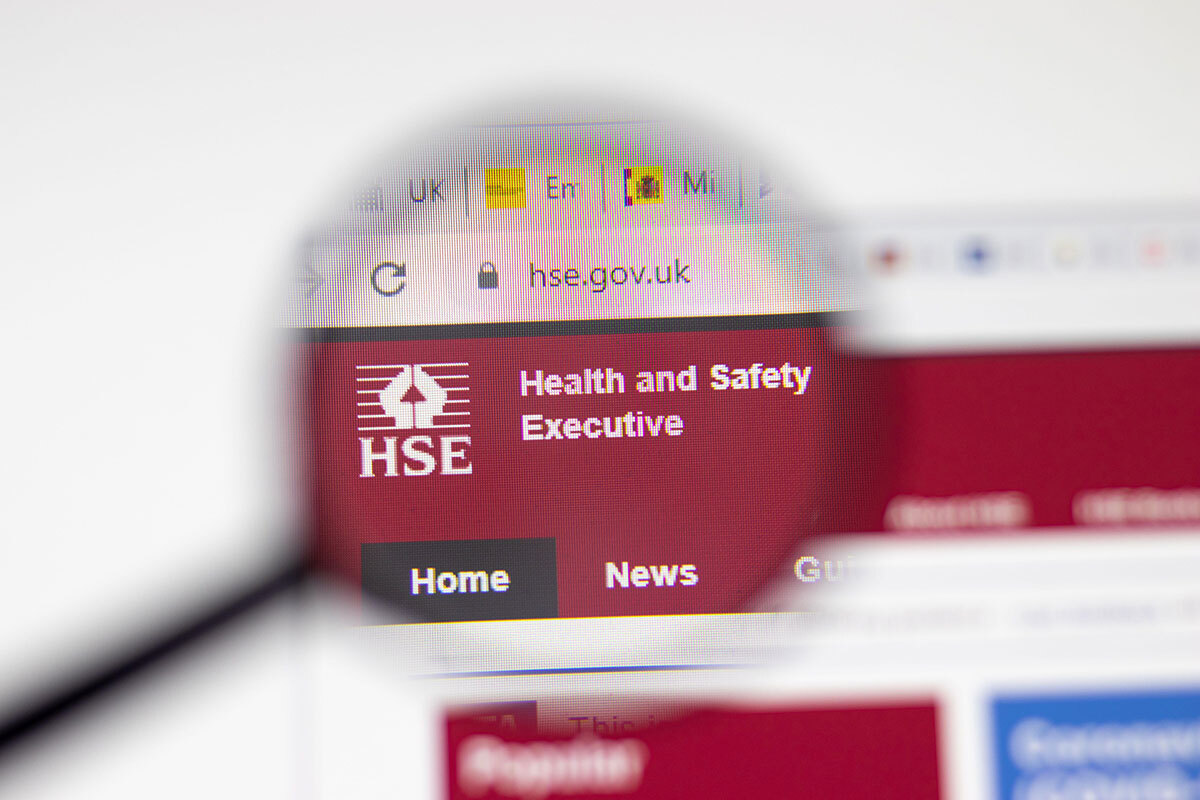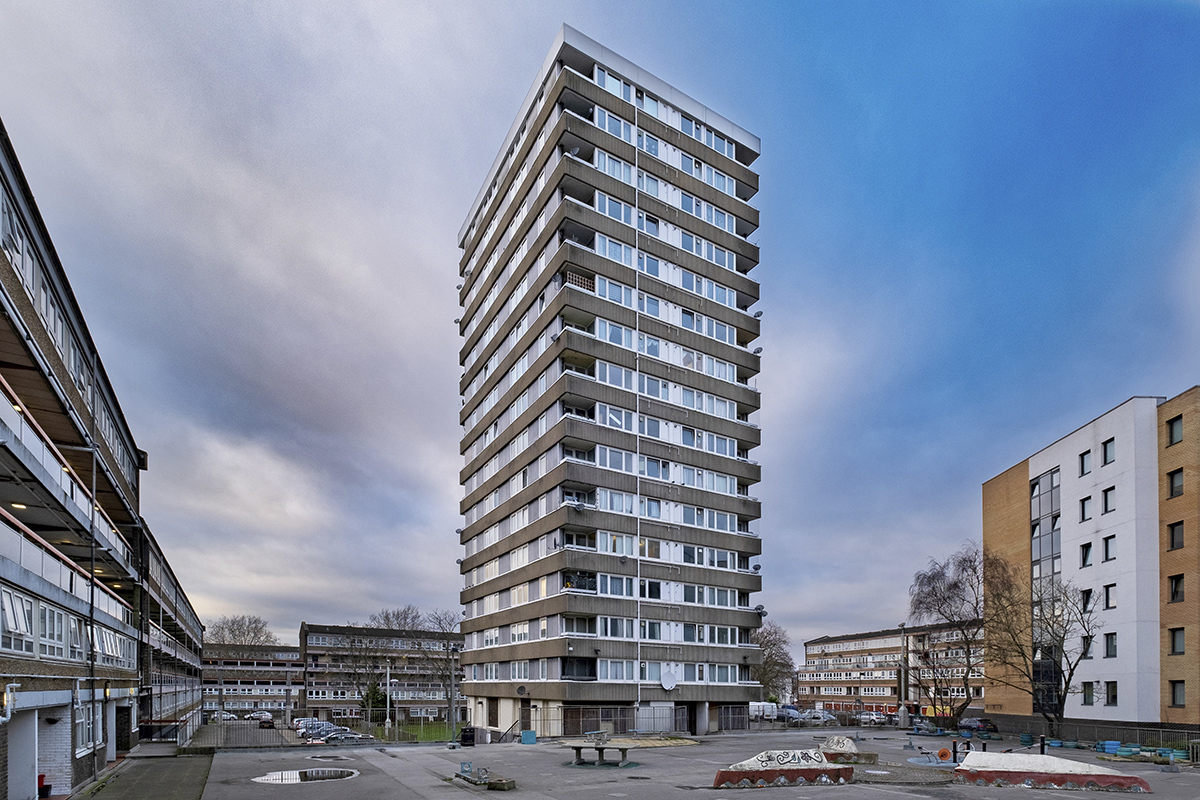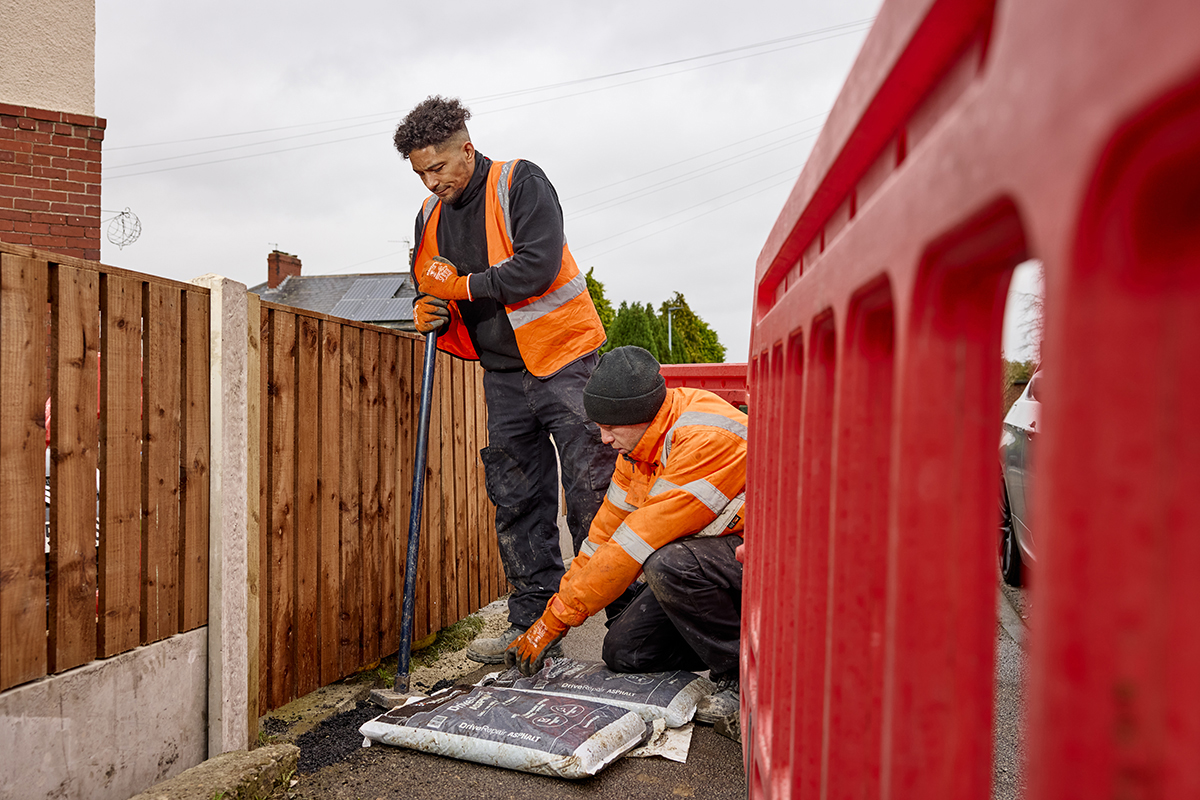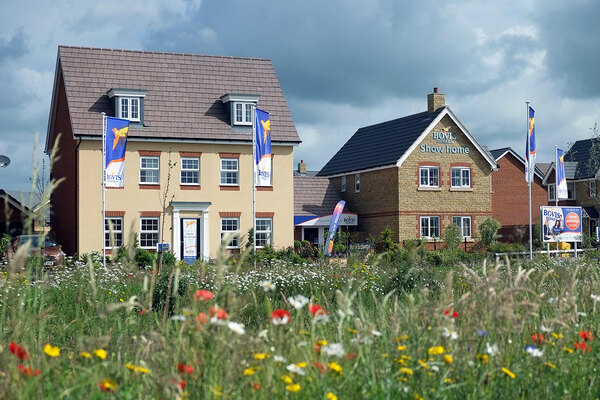You are viewing 1 of your 1 free articles
Building Safety Regulator sets out new enforcement approach
The Building Safety Regulator (BSR) has set out its new enforcement policy, outlining its approach when issues of non-compliance, hazard or serious risk have been identified.
In a statement, the BSR said regulators may provide verbal or written warnings regarding breaches of the law after an inspection or investigation. They may also serve enforcement notices, prosecute or both.
Where non-compliance has been identified, regulators will “clearly and promptly” explain the decision taken, their reasons and the actions required to achieve compliance, the BSR said.
A compliance notice can be served when someone contravenes or is likely to contravene building regulations, while a stop notice can be served when building work contravenes building regulations, or where work is taking place without building-control approval.
When regulating occupied higher-risk buildings, a compliance notice can be served on an accountable person when there is a contravention that requires action to be taken.
Failure to comply with any of these enforcement notices is a criminal offence and can result in prosecution, the BSR said.
After an investigation, a prosecution would be in the public interest for a variety of reasons.
Some examples given by the BSR include when: death was a result of a breach of the law; the gravity of an alleged offence warrants it; there has been reckless disregard of legal requirements, repeated breaches or persistent and significant poor compliance; there has been a failure to comply with an enforcement notice; and false information has been supplied wilfully.
The regulator can apply to a tribunal to appoint a special measures manager for an occupied higher-risk building.
“We will consider this action where the accountable person is repeatedly failing to manage building safety risk, is taking no action to comply with duties, and residents are put at risk of serious harm,” it said. This can be done in addition to prosecution.
The regulator will publish information online for duty holders, or others affected by its enforcement actions, to raise complaints, request reviews or appeal certain decisions.
The BSR is also responsible for assessing local authorities, registered building control approvers (RBCAs) and registered building inspectors (RBIs).
When regulating the building control profession, the BSR can: make disciplinary orders; vary, suspend or cancel registration for RBCAs and RBIs; impose financial penalties on RBCAs and RBIs; and prosecute criminal offences relating to registration.
The regulator can also: issue an improvement notice or serious contravention notice to a local authority or RBCA if it appears they have contravened operational standards rules; and recommend to the secretary of state a transfer of a local authority’s building control functions to another local authority or the secretary of state.
If a sanction is imposed against an RBCA or an RBI, they will be informed of their rights to appeal to a first-tier tribunal.
Grounds for appeal are that the decision was not factually correct, wrong in law, unreasonable and/or the decision-making process was procedurally flawed.
Sign up for our fire safety newsletter
Already have an account? Click here to manage your newsletters












